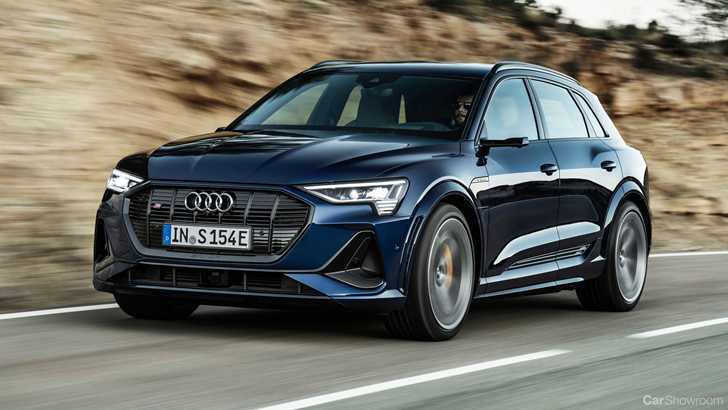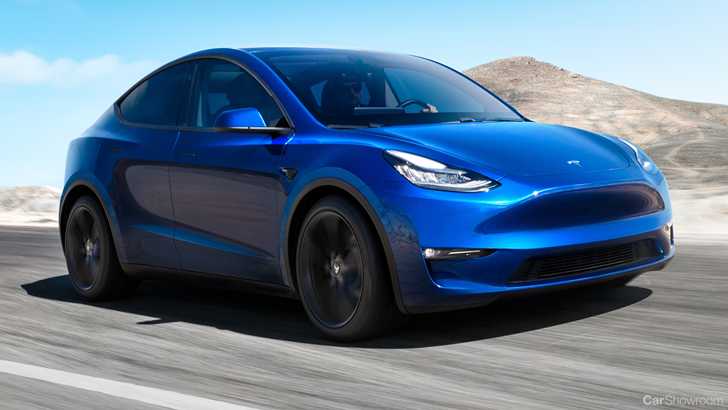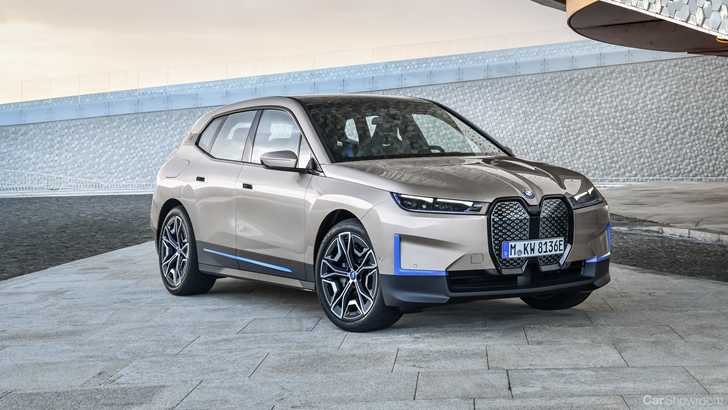Updated: (26th May 2021)
These are strange times. People, in this day and age, are quite possibly the most informed as they’ve ever been than in any other time in history. We are ever more woke to the circumstances and consequences of our conspicuous consumption. It’s not just the people whose aware of this, but governments too.
For decades, the extensive use of fossil fuels devoured in all sectors of the economy has contributed to a whole host of detrimental climate issues. But that isn’t news at all. What is, is our clear and apparent absence of a well-thought out plan to get more drivers off fossil fuels and on to clean energy. In this case – electric cars.
As you might’ve noticed, Australians really do have an appetite for electrified cars, which is not a new phenomenon. In a survey commissioned by the Electric Vehicle Council, they claimed that about half the Aussies in the survey would consider an EV as their next purchase. Hyundai’s own market research shows similar figures, if not higher.
Sadly, this hasn’t translated into burgeoning EV sales. As matter of fact, the total take up of EVs in 2020 was just 6,900 units – 182 more than in 2019 – which works out to a 2.7% percent year-to-year growth and accounts for only 0.7% of all new cars sold in 2020. On the other hand, hybrid vehicles are absorbing the demand and are outselling the EV 10-to-one, with growth double that of the previous year. This puts Australia at the bottom of the list when it comes to EV ownership amongst developed countries.
So, what gives?
Amongst others, a blatant disregard by state and federal governments to offer consumers attractive incentives for EV ownership, high purchase costs due to foreign exchange volatility and, of course, good ‘ol taxes.
ACT Needs to Act
The fact is, the Morrison government isn’t doing enough to incentivise the buying public to make progress in EV adoption. According to a report in The Guardian, Independent senator Rex Patrick says the prime minister broke his promise, as he’d promise to act on a recommendation by a Senate inquiry investigation in 2019.
“Well at the federal level, outside a couple of trial EVs for the Comcar fleet, there’s not much to report. There’s definitely no national EV strategy.” Patrick said.
On the other hand, the Labor party is promising sweeping changes if elected to office.
At press time, it was announced that the ACT government is now giving EV-buying Canberrans up to 2 years’ free registration. Buyers in the territory will also be exempted from paying the vehicle stamp duty.
"The registration and stamp duty combined savings can represent up to 4 to 5 per cent of the cost of the vehicle so it's a significant saving for the consumer," Chief Minister Andrew Barr said.
It was also announced that some 50 additional charging points are slated to be rolled out across the territory over the course of the next 12 months.
Regardless of politics, much has been said in this space to curb the ever-growing climate crisis, but has yet to follow through. National incentives and subsidies need to be aimed directly at making EVs more affordable to the masses. But, what’s done in Canberra could be the kick starter we need and hopefully other states will follow suit, if not do better.
It’s All About the Money
European carbon targets and foreign exchange rates also have a hand in the widespread adoption of EVs just as taxes do.
For those not in the know, the European Union mandates carbon targets upon car manufacturers, which means car makers are fined for exceeding the amount of emissions produced by all their vehicles sold in Europe over the course of a year.
Downstream, this translates to less affordable cars in Australia.
Given that “affordable” in Australia generally means $50,000 and below, consider too that almost half of all EVs sold in 2020 were Tesla’s, which sell for well beyond the 50k marker.
Clearly, Aussies are willing to spend big bucks for the opportunity to drive an electrified car. That said, EVs aren’t just reserved for the wealthy but everyone. For that to happen, both state and federal governments must step up to the challenge and not falter.
Taxes
The governments of Victoria and South Australia, for example, are trying to levy taxation on electric vehicles based on the amount you drive. Meaning if you drive a pure electric vehicle, doesn’t matter if it’s a Battery Electric Vehicle (BEV) or Fuel Cell Electric Vehicle (FCEV), you will be taxed 2.5 cents for every kilometre travelled. Plug-in Hybrid Electric Vehicle (PHEV) drivers aren’t spared from taxation either, with a 2 cent per kilometre price structure imposed upon them. VIC plans on imposing this from July while SA hasn’t announced their rates.
EV buyers in Victoria will have to fork out an estimated $300 more after July. Since its mileage-based, owners will be able to upload a picture of their odometer to the VicRoads website. Some $30 million is expected to be raised over the next four years from this tax.
Updated: (26th May 2021) the Victorian government has put the abovementioned tax into effect. The additional charge adds some $375 a year (calculated on the national average distance travelled per year of 15,000km) to the cost of EV motorists.
As mentioned, plug-in hybrid drivers aren’t shielded from this tax either. At 2 cents per kilometre, motorists will be looking at a $300 bill (based on 15,000km travelled) that needs to be paid to the state. Furthermore, the state requires the affected drivers to submit readings of their odometer annually. In failing to do so, motorists risk the suspension of their vehicle’s registration.
The only ones spared from this implementation are those with conventional closed-loop hybrids (HEVs) and mild hybrid vehicles (MHEVs) as they cannot be charged via a plug and requires the use of the internal combustion engine to operate.
Meanwhile, South Australia – who kick started the idea of this road-user road tax back in March – has announced that they will be delaying its introduction. Rob Lucas, the Treasurer of SA, told the media that the extension would be used to monitor the development of similar measures interstate.
the original story continues...
The state governments argue that the revenue generated by this newly-imposed one-of-a-kind tax would serve to keep our roads and highways well maintained. How?
According to the Australian Competition and Consumer Commission, some 42.7 cents from every litre of diesel or petrol sold goes to the federal government in the form of fuel excise. Who, in turn, worry that the revenue generated from the sale of fuel will decrease gradually over time due to the advancement of fuel-saving technology, the sharp demand for electric vehicles and shifting policies.
From the point-of-view of the government, yes, keeping the public roads well maintained and safe is a continual effort and the proposed EV tax helps address a long-term issue in how the roads are paid for as EVs don’t pay fuel excises.
In response, many have come out saying that fuel excise revenue isn’t directly used to fund roads. Instead, the excises collected go into the government’s general revenue coffer. From there, money is then re-invested into land transport programs.
That said, imposing such a levy now, when the adoption process for the electric vehicle is still relatively in the beginning stages, maybe premature and may hinder growth.
Some even argue that the taxes imposed on EVs could go as far as jeopardising the state’s target of reaching net zero emissions by 2050.
The other tax being, of course, is LCT or Luxury Car Tax. If you don’t already know, LCT is a tax placed on cars whose GST-inclusive value exceeds the LCT threshold. The tax is levied at 33 percent. The LCT threshold is indexed and increases slightly every year. For 2019-2020 it was set at $67,525. But, for fuel-efficient cars that sip jungle juice at a combined rating of 7L/100km or better, the tax threshold is $75,526.
The 33% in LCT, thankfully, is charged only on the amount over the threshold, not the entire price of the car.
Lastly, here’s a quick look at the break down of taxes and other costs you would need to pay in EVERY state Down Under. Let’s take one of the most sold EV’s in Australia – a Tesla Model 3.
Australian Capital Territory (ACT)
- GST (inc. vehicle subtotal along with Delivery fee and Order fee)
- Local CTP (Compulsory Third Party Insurance)
- Registration costs (waived)
- Stamp duty (waived)
New South Wales (NSW)
- GST (inc. vehicle subtotal along with Delivery fee and Order fee)
- Local CTP (Compulsory Third Party Insurance)
- Stamp duty
- Registration costs
- Local plate fee
Northern Territory (NT)
- GST (inc. vehicle subtotal along with Delivery fee and Order fee)
- Local CTP (Compulsory Third Party Insurance)
- Registration costs
- Stamp duty
Queensland (QLD)
- GST (inc. vehicle subtotal along with Delivery fee and Order fee)
- Local CTP (Compulsory Third Party Insurance)
- Stamp duty
- Registration costs
- Local plate fee
South Australia (SA)
- GST (inc. vehicle subtotal along with Delivery fee and Order fee)
- Local CTP (Compulsory Third Party Insurance)
- Stamp duty
- Registration costs
- Local plate fee
- Mileage-Based EV tax (Proposed)
Tasmania (TAS)
- GST (inc. vehicle subtotal along with Delivery fee and Order fee)
- Local CTP (Compulsory Third Party Insurance)
- Stamp duty
- Registration costs
- Local plate fee
Victoria (VIC)
- GST (inc. vehicle subtotal along with Delivery fee and Order fee)
- Local CTP (Compulsory Third Party Insurance)
- Stamp duty
- Registration costs
- Local plate fee
- Mileage-Based EV tax of 2.5cents per Km (Proposed)
- Victoria ZEV Subsidy (Rebate; applicable only if price is below LCT threshold. Limited allocation by the state)
Western Australia (WA)
- GST (inc. vehicle subtotal along with Delivery fee and Order fee)
- Local CTP (Compulsory Third Party Insurance)
- Stamp duty
- Registration costs
- Local plate fee
The automotive landscape is always evolving and so are we. As and when things change, we will be updating the information in this article.
For more information on electric cars and how to buy them, check out our previous article. For the best deal on your next brand-new car, check out what’s in our Showrooms.






























